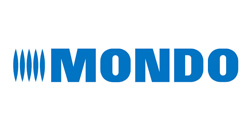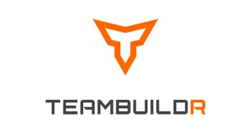In the realm of high school sports, the role of the athletic director (AD) is akin to a maestro in an orchestra, ensuring that every section comes together to create harmonious results. However, one persistent challenge they face is striking the right chord with budget constraints. As they juggle the financial needs of various sports and programs, high school ADs must make difficult decisions to keep the athletic department running efficiently and effectively.
High schools operate under tight budgets, with athletics often competing with other vital school programs for funding. Factors such as decreasing school funding, rising equipment and travel costs, and the need to offer a wide range of sports to accommodate all students contribute to this financial crunch. Unlike colleges or professional sports, high schools cannot rely on significant ticket sales, merchandise, or media rights to bolster their coffers. So what’s an AD to do?
Prioritizing Sports And Programs
Given the constraints, ADs must prioritize. Do they fund the football team’s request for new uniforms or the track and field’s need for a new javelin? Is it more pressing to repair the gym floor or to send the chess team to a national competition?
These decisions are tough and can be fraught with contention, as they affect students, coaches, and the broader school community.
One effective strategy to address budget constraints is to involve key stakeholders in the decision-making process. By creating a committee composed of coaches, parents, student-athletes, and other school staff, ADs can foster an environment of transparency and inclusivity. This democratic approach ensures that all voices are heard, and everyone is part of the solution.
Instead of only focusing on cost-cutting, ADs should also explore avenues to increase funds. Fundraising events, like car washes, bake sales or sponsored community sporting events, can help rally the school community and generate essential resources for athletic programs. Moreover, partnering with local businesses for sponsorships can also be beneficial. A neighborhood sports store, for instance, might be willing to offer equipment at a discount in exchange for advertising at school events.
One last example that is key to navigating budget constraints is ensuring resources are used efficiently. Buying equipment in bulk, pooling resources for transportation, or using multi-purpose facilities for various sports can lead to significant savings. Additionally, re-evaluating and renegotiating contracts with vendors periodically can help schools get the best deals.
The Bigger Picture: Importance Of Athletics In Education
It’s essential to understand the importance of athletics within the broader educational framework. Sports not only foster physical well-being but also impart crucial life skills like teamwork, leadership, discipline and resilience. Thus, while budgetary decisions are essential, they should never lose sight of the overarching goal: ensuring students get the best athletic experience that contributes to their holistic development.
Budgetary challenges for high school ADs are unlikely to dissipate soon. As costs continue to rise and financial resources remain limited, the balancing act becomes even more intricate. However, with proactive strategies, community involvement, and a relentless focus on the students’ best interests, ADs can navigate these challenges successfully.
While the task of managing tight budgets is daunting, it’s also an opportunity. It’s a chance for high school ADs to showcase their leadership, innovate and rally their communities for a common cause – ensuring that every student, regardless of the sport they play or the role they hold, gets the best possible experience.
As the saying goes, “Necessity is the mother of invention.” In the face of budget constraints, ADs are indeed inventing newer, smarter ways to champion high school sports.















